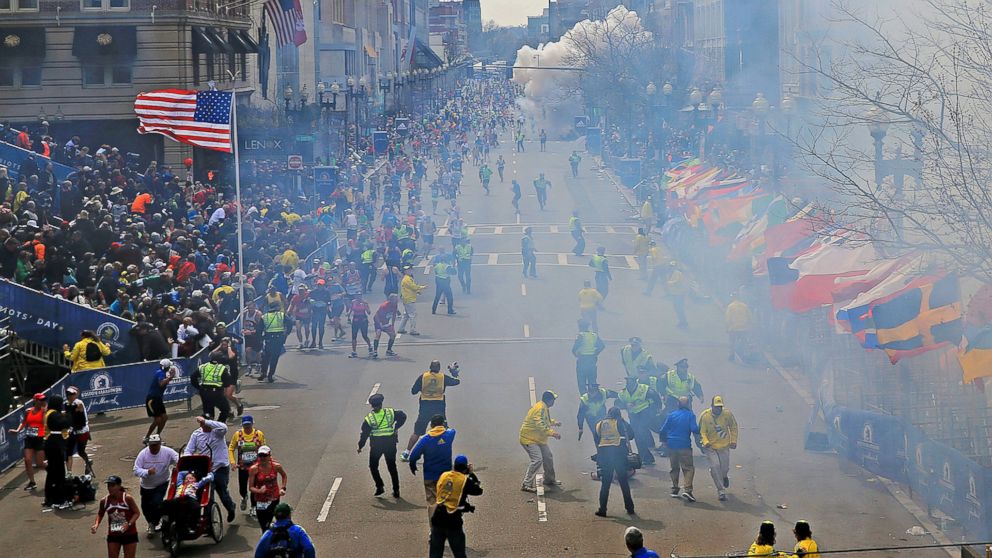Could the Boston Bombers Have Been Stopped?
Some officials suspect alleged bombers had help with explosives.

April 15, 2014 — -- A year after the Boston Marathon attacks, there are troubling new questions about whether the bombings could have been thwarted and how two brothers from Chechnya learned to allegedly execute their terrorist attack so efficiently, officials tell ABC News.
Dzhokhar Tsarnaev, 20, and his brother Tamerlan, 26, are accused of detonating two bombs at the finish line of the Boston Marathon, killing three people and injuring more than 260 others a year ago today. Tamerlan was killed in a shootout with police days after the bombing, but Dzhokhar was arrested and now sits in jail, isolated from other inmates and awaiting trial. He has pleaded not guilty.
But many current and former senior officials who have investigated the tragedy told ABC News that they question whether the brothers might have been neutralized by a more thorough FBI investigation before the attacks, and whether as bombmaking novices they had to have had help in allegedly building several different types of sophisticated devices, which they used more successfully than any other homegrown terrorists since 9/11.
"I do think that had we taken a second look, we could’ve stopped this," Rep. Michael McCaul, R-Texas, Chairman of the House Committee on Homeland Security, told ABC News.
FULL COVERAGE: Boston Marathon Bombing Anniversary
According to court documents, the inspector general's report and sources briefed on the federal investigation of the attacks, the FBI and prosecutors contend that both Tsarnaev brothers learned to build their improvised explosive devices using pressure cookers as well as three pipe bombs by downloading instructions off the Internet.
But ABC News has learned that many within the FBI, law enforcement and counter-terrorism strongly disagree that they could have become good enough to make the improvised explosive devices (IEDs) from online how-to’s and suspect an expert taught or instructed Tamerlan on the craft of bombmaking while he was overseas in 2012.
"For a ‘novice’ pair of IED builders and emplacers, for them to work as they did, to be effective, that indicates to me a level of sophistication that they received some sort of training from somewhere," retired Army Lt. Gen. Mike Barbero, former director of the Joint IED Defeat Organization, told ABC News. Barbero headed the organization at the time of the marathon attacks.
Prosecutors allege that the Tsarnaevs got recipes for the pressure-cooker IEDs -- common on battlefields in Afghanistan -- and “elbow” pipe bombs from online instructions published four years ago in "Inspire,” a terrorist magazine published by al Qaeda’s affiliate al Qaeda in the Arabian Peninsula (AQAP). AQAP offered wannabe jihadis instructions for both types of IEDs under the headline, "Make a bomb in the kitchen of your mom."
But an analysis of the bombs done by FBI technicians at the Terrorist Explosive Device Analytical Center (TEDAC) in Quantico, Virginia in late April 2013 found that the bombs in Boston had a much more sophisticated design than that in the online magazine, including differences in the initiators, power source and switch/trigger, which utilized a toy car remote control. Inspire never contained instructions for that type of switch/trigger used to remotely set off the IEDs but had directions for a different type using a motorcycle remote starter.




